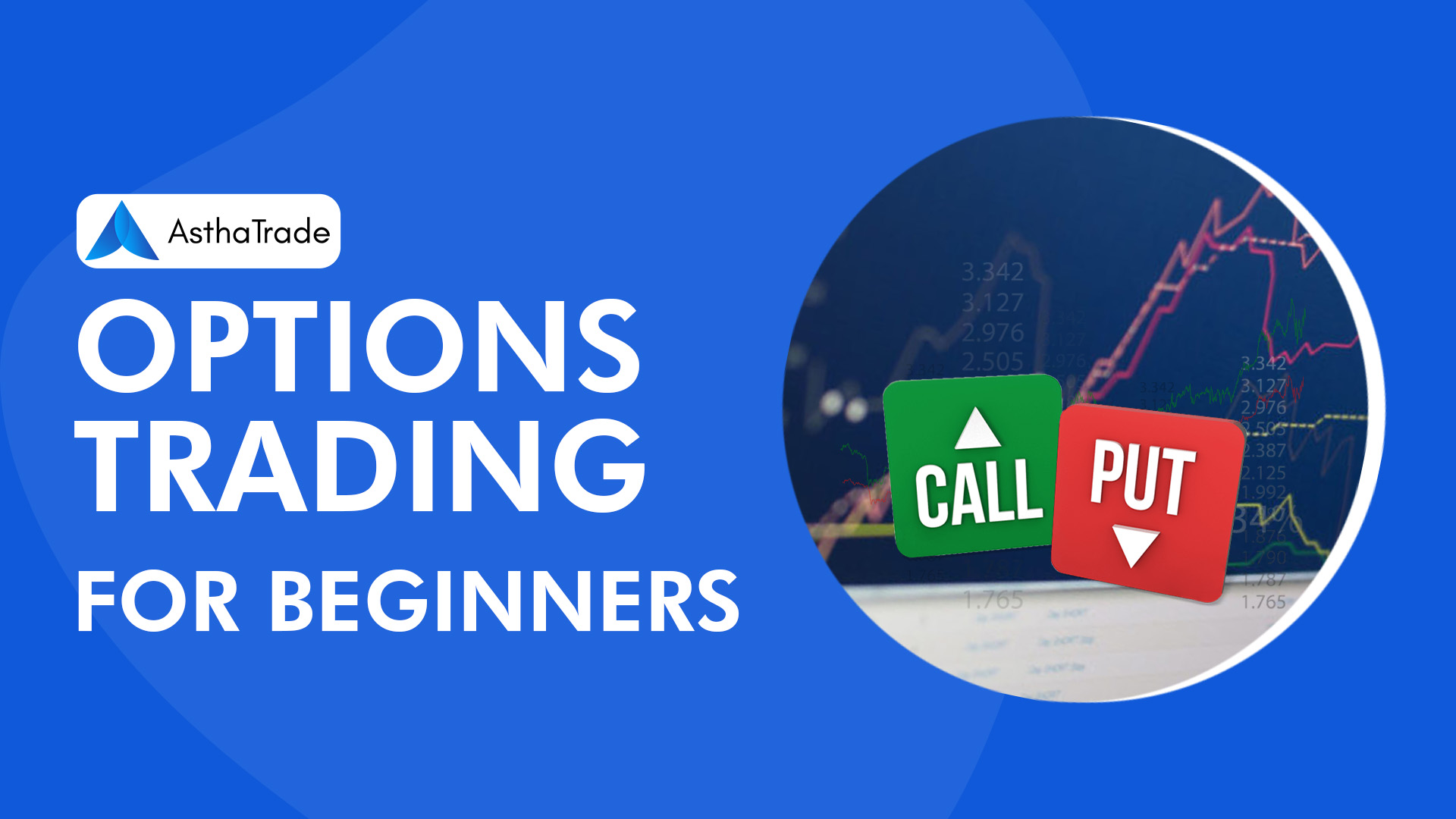In this article we will learn about the basics of Options Trading.
There is a saying that goes in trading community:
“Future trader has no future but option trader has many options.”
Sayings apart, before we talk about Options Trading, let us first understand
What is an ‘Option’?
In simple terms, Option is a financial instrument that gives you the right to buy or sell a financial instrument at a specific price and a specific time.
Option is a contract between a buyer and a seller on specified terms and with specific expiry date.
The contract nullifies on the expiry date. It is usually the last Thursday of every month.
Unlike stock trading, you do not hold actual shares until you execute the option to buy.
It is simply an intention to buy or sell depending on the conditions being met and your choice i.e. you have an ‘Option’ to buy or sell the underlying security.
Two Types Of Options Contracts
The Call Option and the Put Option. The option to buy is known as a Call Option. The option to sell is called Put Option.
Call Option
Let us take an example to understand this concept.
Suppose you have found a good piece of land in Greater Noida for Rs 10 lakhs. You hope that once the new airport comes up, the land price may go up in an year.
But the airport has only been announced, whether it will actually materialise is unknown. You anticipate the land price to go to 20 lakhs if the airport comes up.
At the same time you do not want to bet the entire amount today and would like to wait and watch.
You enter into an Options Contract with the seller. You offer a fee of Rs 1 lakh for an option to buy the land after a year at Rs 10 lakhs.
If the land price actually goes up, you can execute the contract and buy the land for 10 lakhs.
If the price goes down, you can simply choose not to execute the Buy option and leave with only loss of fee paid.
This is known as the Call Option, i.e. an Option to Buy.
Suppose the price goes up to Rs 16 lakhs.
Your total expense is Rs 10 lakhs + Rs 1 lakh fee = Rs 11 lakhs
You are in profit by Rs 5 lakhs, hence you will execute your Option to Buy.
Suppose the price remains constant.
Your expense is Rs 11 lakhs for an asset that is Rs 10 lakhs i.e. loss of Rs 1 lakh.
You have a choice here to execute or leave by paying a fee only.
If the price fall to Rs 8 lakhs
You loss would be Rs 2 lakhs + Rs 1 lakh fee
You would only pay the fee and walk out of the contract without executing.
Thus your loss is limited to Rs 1 lakh.
Here, Rs 10 lakhs is the Strike Price.
Rs 1 lakh is the Premium Amount.
As you can see Option helps in hedging the risk of a financial transaction.
A Call Option Buyer makes profit only when the price is higher than the strike price on the execution day..
The second term used in Options Trading is ‘Put Option.’
Put Option
In a Put Option, the Seller must hold an opposing view as compared to Buyer of a call option.
A Put Option gives the right to its buyer to sell the underlying security to Put Option seller at a specified price and time period.
The Put Option Buyer pays a fee or Premium to Put Option Seller to buy the right to sell the security.
The Put Option Seller will have to buy the security if the buyer exercises the right.
Put Option Buyer makes profit when he is bearish or expects the price to fall.
E.g. You grow and sell a vegetable which is selling at Rs 100 per kg. You expect the harvest in a few months and also the price to fall to Rs 80 per kg.
You buy a Put Option that allows you to sell the vegetable in future at Rs 100 per kg to protect against loss.
In future, the price falls to Rs 90. You will exercise the right to sell your veggies to Put Option Seller at Rs 100 which is the Strike Price.
You pay a premium of Rs 5 upfront at the contract signing for buying the Put Option. Thus you are able to hedge against price movement in price.
If the price increases, you will simply walk away without exercising the option since you can get a price higher than Rs 100 per kg in the open market. Your loss is limited to Rs 5 premium.
Thus, Options Trading can be effectively used as a hedging tool and a cost efficient way to take speculative calls with limited risk and potential for high upsides.


1 thought on “Get Started with Options Trading: A Comprehensive Guide for Beginners”
Comments are closed.